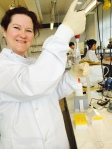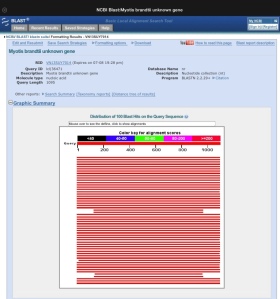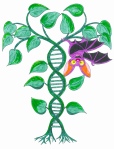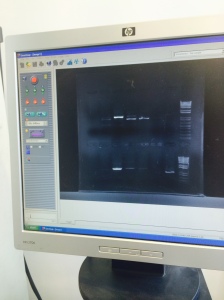FUN FACT: There are 9 species of bat resident in Ireland and they are all insectivorous.
Today we got to spend time with Una Nealon who gave us an excellent talk on all things ‘Batish’. Bats are among the most diverse and successful animals in the world. They are hugely important to agriculture as they prey on insects. In an Article published in Science by Boyles et al; entitled, Economic Importance of Bats in Agriculture, it is estimated that agricultural losses upwards of $3.7 billion a year could be possible if bats were lost in North America.
http://www.sciencemag.org/content/332/6025/41.short
Bats are often thought to have poor eyesight but this is not the case. However they do hunt in the dark using sound. They build up an image of their surroundings using high frequency calls. It’s all about Echolocation, Echolocation, Echolocation.
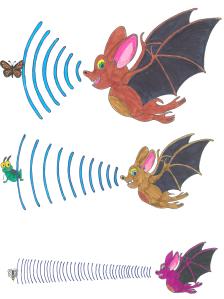
Echolocation is individual to each species and although bats make social sounds that can be picked up by the human ear, their echolocation is completely inaudible to human hearing. Therefore, it is necessary to use bat detectors to pick up their calls. There are several types of detector available but we are going on a bat walk tonight (can’t wait!!) and the detector we will be using is a Heterodyne Tuneable Detector.
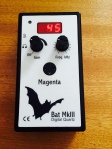

The detectors have an ultrasonic microscope and by adjusting the tuning frequency, different calls become audible. Bats will sweep through frequencies so if a detector is set at 45kHz, it can pick up many species.
I mentioned a night walk. As we meet in the car park I am so excited. Armed with a flash light and a detector, I am like a kid at Christmas tuning into different frequencies and trying to pick up calls. With the detector set at 25kHz, I hear a Leisler’s Bat. This is the biggest Irish bat and is usually seen just after sunset. Our bat is putting on a show, flying in large circles over the park. I have read that these bats can often be mistaken for swifts. Once my eyes begin to adjust to the darkening skies, I can understand why. I am suddenly aware of lots of movement. Is it a bird? Is is a bat? No, it’s a large moth!! Thankfully, listening for the echolocation calls keeps me on track.
As the night progresses, adjusting the detector to a frequency of 45kHz and then 55kHz allows us to pick up the calls of the Common Pipistrelle and the Soprano Pipistrelle respectively. These are Ireland’s two smallest bat species. There is a hive of activity over the river and it is fascinating to watch their fast and convoluted flight patterns. Amazingly, each little bat is capable of consuming thousands of insects in one night.
The Daubenton’s bat which I have mentioned in a previous blog remains elusive tonight but all in all we have had a fantastic bat walk. Thanks a million Una.
The following websites are packed full of information and it is also possible to hear recorded bat calls.
http://www.bats.org.uk/
http://www.batconservationireland.org/
Bat Morphology- We also spent some time today learning about bat morphology and using keys to identify our mystery bats. By answering questions such as:
- Are the ears separate or are they joined over the head?
- How big is the bat? This is answered by measuring head&body in mm and the forearm (elbow to wrist) in mm.
- Is there a post calcarial lobe present?
- What shape is the tragus ?
it is possible to identify bats through a process of elimination.

Ears separate
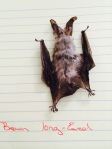
Ears Joined

Vernier Calipers for taking measurements.
Another great day. Thanks everyone.
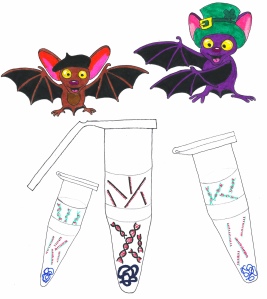


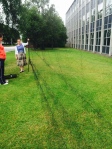

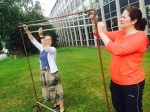






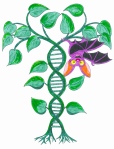
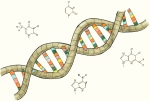


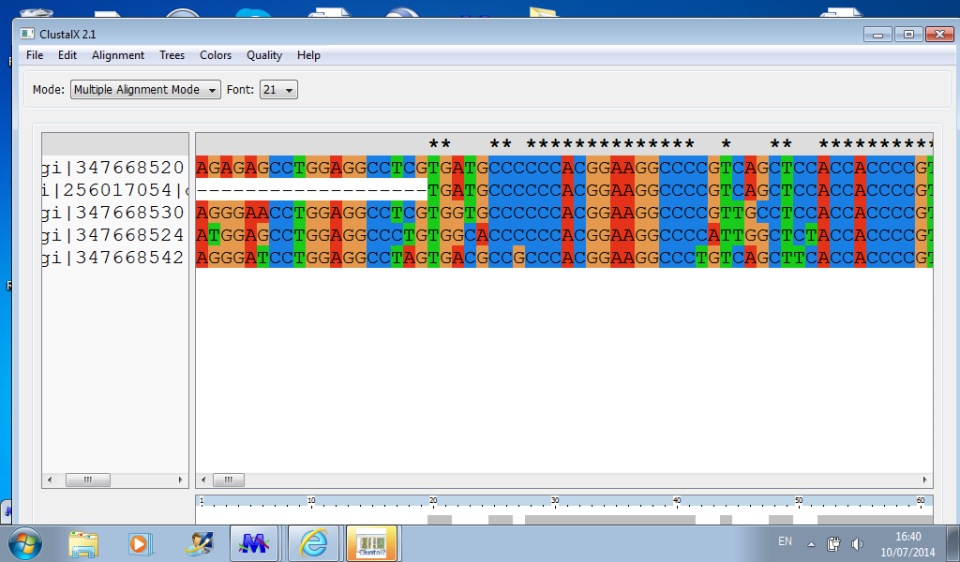

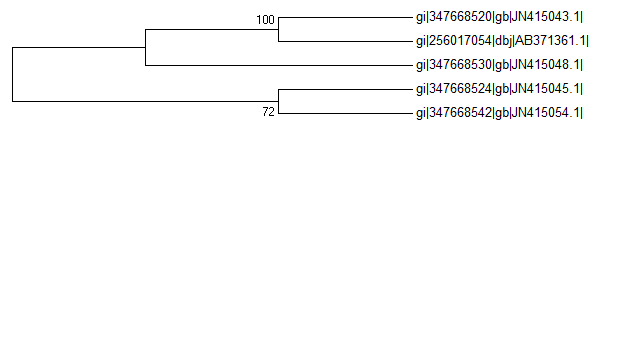


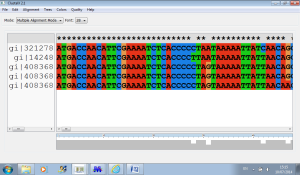
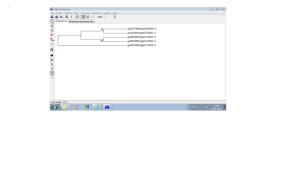 The tree shows the inferred evolutionary relationships between species. Challenge completed.
The tree shows the inferred evolutionary relationships between species. Challenge completed.